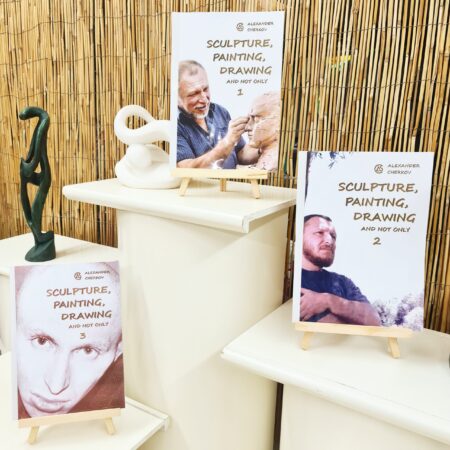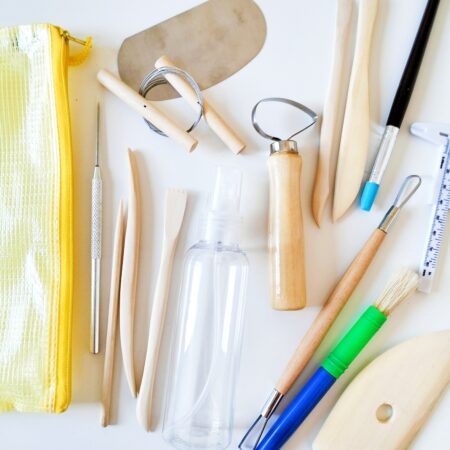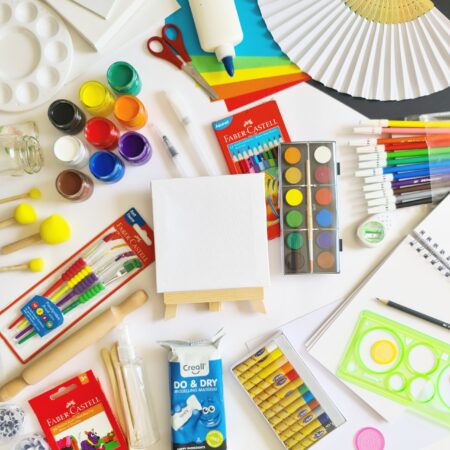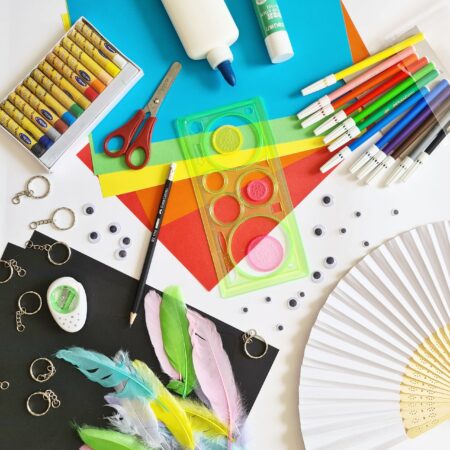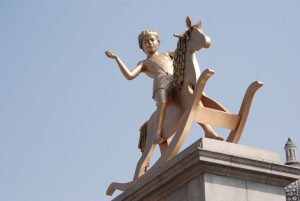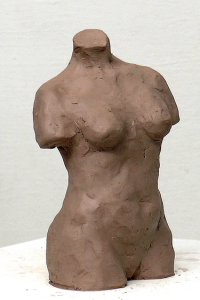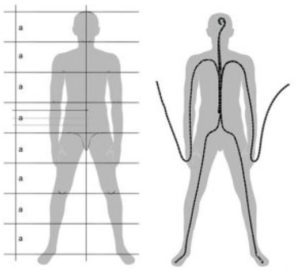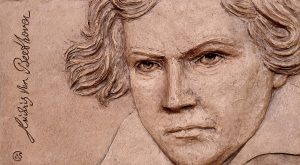On All and Part by Alexander Cherkov, from the book Introduction to the World of Art "Sculpture, painting, drawing and more"
An egg or a chicken?
It is no secret that an understanding of the meaning of the part and the whole has been present in philosophy since the beginning of its emergence, and reflections on this we find already in Plato and Aristotle. My opinion is particularly appealing to one practical aspect of the problem, the way the whole and its parts are perceived, or in other words, why "most trees do not see the forest"?

This may sound boring or even very boring, but let me quote from one of the encyclopedic dictionaries: "Thesis: The parts preceded pay; Antithesis: The whole is created before its parts. "It is called holism (Greek: marus = part." The opposite position, which emphasizes the inability to divide the whole into its parts, since the whole has new properties beyond its parts, is called holism (Greek: holos = whole). "

That is, it is not possible to decide what preceded what - the egg or the chicken? By itself, a discussion of this question does not bear fruit.
Why does this bother me so much? Because in essence this problem amounts to a problem of perception. Simply put, when looking at the trees (the details perceived by the left brain lobe), we disrupt the right brain perception of the whole, that is, the forest. But is it really important for us to see this forest, that is, the whole?
The whole - whole and part
One of the most difficult tasks of my practical teaching was to teach to see the parts and the whole at the same time. That is, to include in the process of perception the two lobes of the brain simultaneously.
what do I mean? For example, a student sculpts a head and I hear: "I can not do with the eye!", When the problem is actually in the whole composition. The eye is out of place, not at the right depth. A well-sculpted eye, or nose and mouth, will not save the work if the structure of the head itself is incorrect.

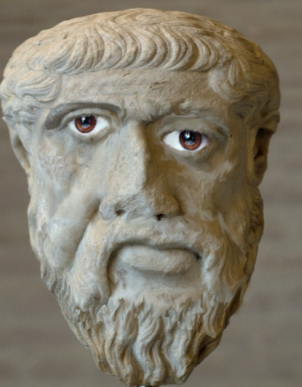
Each work of art is a composition, consisting of a sum of parts. The artistic image does not stem from the parts themselves, but from the relationship between them. Energetic tension is created, as is known in physics, not in potential points themselves, but between them, as a result of the relative difference between them. This is understandable for someone who knows how to read "between the lines", that is, not words but meanings. Less important is the handling of details, compared to the great importance of creating a composition that works properly.
However, I am not at all against in-depth and quality work on the details, but this on the condition that we do not momentarily lose the perception of the whole, for which we work diligently on the details. The "from the general to the individual - from the individual to the general" model should work as often as possible. The perceptual exchange of data by the two halves of the brain must be of a fixed and balanced nature. Harmonious work of the brain lobes can, if you wish, be achieved by performing a number of techniques and exercises, which you can find inIn the bird.





